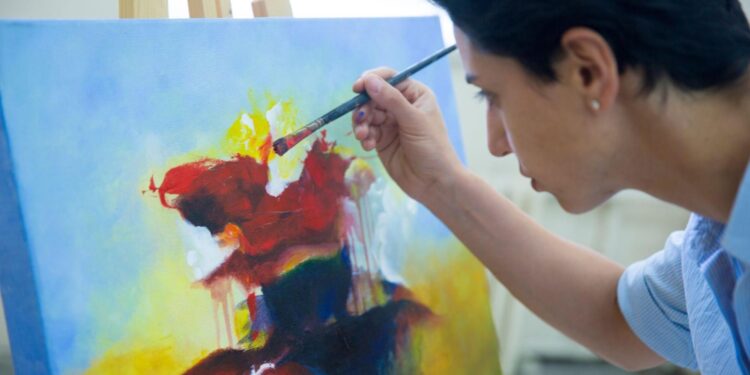Robert Henri, a prominent American painter and teacher, played a significant role in propelling the movement of Realism in the early 20th century. With his unique approach to art and unwavering commitment to depicting the truth, Henri became a driving force behind the rise of Realism in the United States. Through his teachings, writings, and artistic contributions, he challenged the prevailing artistic norms of his time and paved the way for a new era of artistic expression.
Henri’s influence on Realism can be traced back to his role as a teacher at the Art Students League of New York. His unconventional teaching methods and emphasis on individuality and personal expression inspired a generation of artists to break free from the constraints of academic traditions. By encouraging his students to observe and capture the essence of everyday life, Henri instilled in them a deep appreciation for the beauty and authenticity of the world around them.
How Did Robert Henri Propel Realism?
Childhood Influences and Early Artistic Interests
Robert Henri’s journey towards propelling Realism began with his childhood influences and early artistic interests. Growing up in a creative household, Henri was exposed to art from a young age. His father, a professional artist, nurtured his son’s artistic talents and encouraged him to pursue a career in the arts. This early exposure to art and creativity laid the foundation for Henri’s lifelong passion for artistic expression.
Formal Education and Exposure to European Art
Henri’s formal education and exposure to European art played a crucial role in shaping his artistic vision and propelling the Realism movement. After completing his studies in Philadelphia, Henri traveled to Paris, where he immersed himself in the vibrant art scene of the late 19th century. It was during this time that he encountered the works of influential European artists such as Edouard Manet and Gustave Courbet, who were known for their realistic approach to painting.
Henri was deeply influenced by the bold brushwork and unflinching depiction of contemporary life in these European works. He recognized the power of Realism as a means of capturing the essence of the human experience and sought to bring this approach back to America. Henri’s exposure to European art not only broadened his artistic horizons but also fueled his desire to challenge the traditional artistic norms of his time.

The Rise of Realism in American Art
Context of American Art in the Late 19th Century
In the late 19th century, American art was dominated by academic traditions and a preference for idealized and romanticized subject matter. Artists were encouraged to depict historical and mythological scenes, often with a focus on beauty and aesthetic appeal. However, this approach began to be challenged by a growing movement of artists who sought to portray the realities of everyday life and capture the essence of the human experience.
Emergence of Realism as a Reaction to Romanticism
Realism emerged as a reaction to the prevailing romanticism in American art. Artists like Robert Henri sought to break away from the romantic notions of beauty and instead focus on the raw and unfiltered aspects of contemporary society. Realism aimed to depict subjects as they truly were, without idealization or embellishment. This shift towards realism was fueled by a desire to capture the changing social and cultural landscape of America, as well as a rejection of the artificiality of academic standards.
Key Figures and Movements in Realism
Several key figures and movements played a significant role in propelling the rise of realism in American art. One such movement was the Ashcan School, of which Robert Henri was a prominent member. The Ashcan School artists were known for their gritty and unflinching portrayal of urban life, focusing on scenes of working-class neighborhoods and everyday people. Through their depictions, they challenged the notion that only the upper classes and the elite were worthy of being subjects in art.
Another influential figure in the rise of realism was Thomas Eakins, whose emphasis on anatomical accuracy and scientific observation set him apart from his contemporaries. Eakins’ commitment to realism extended beyond his artistic approach and into his teaching methods, where he encouraged his students to study the human form through life drawing and dissections. His influence can still be seen in the works of many realist artists today.
The rise of realism in American art was a direct response to the romanticism and academic traditions that dominated the late 19th century. Artists like Robert Henri challenged these norms and sought to portray the realities of contemporary society. Through their bold brushstrokes, unflinching subject matter, and commitment to capturing the essence of the human experience, these artists propelled realism forward and left a lasting impact on the American art scene.














